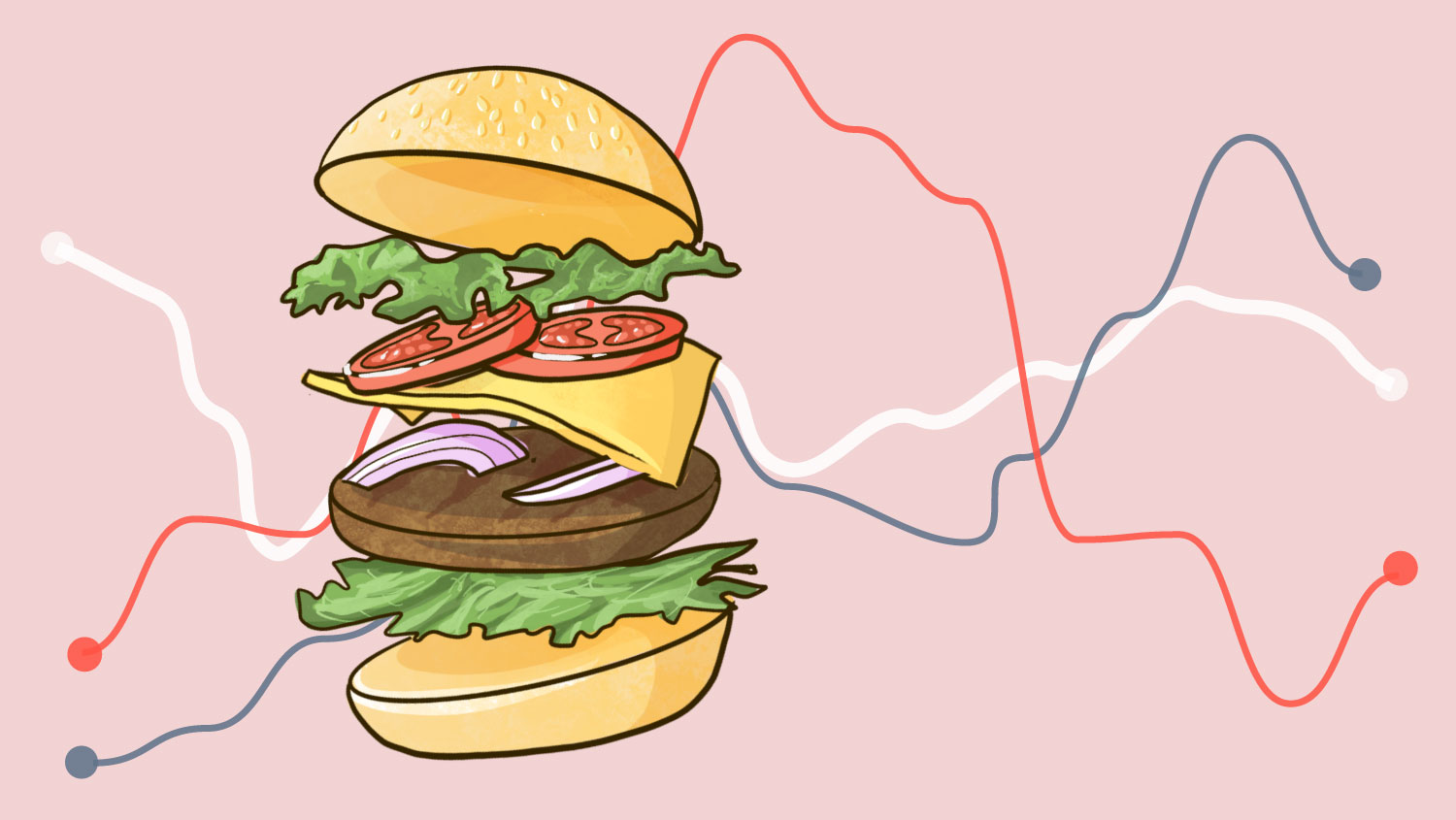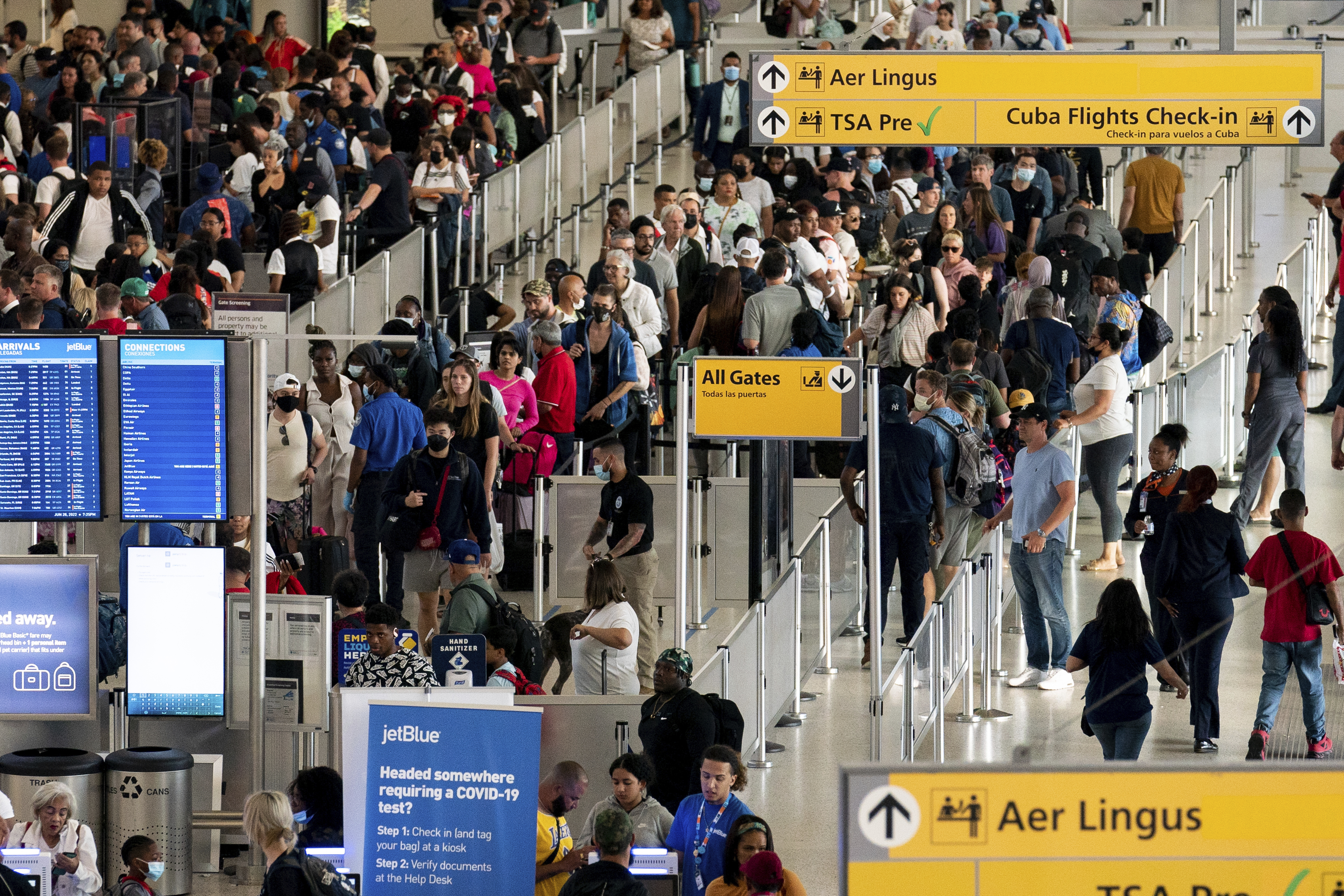It’s that time of year when Americans across the country gather to celebrate the Fourth of July holiday with family, friends and fireworks.
A new report by the U.S. Consumer Product Safety Commission finds a significant upward trend in fireworks-related injuries and deaths. Between 2006 and 2021, injuries with fireworks climbed 25% in the U.S., according to CPSC estimates.
In 2021, at least nine people died, and an estimated 11,500 were injured in incidents involving fireworks.
“It’s imperative that consumers know the risks involved in using fireworks, so injuries and tragedies can be prevented,” said CPSC Chair Alex Hoehn-Saric. “The safest way to enjoy fireworks is to watch the professional displays.”
Wherever you are celebrating, here are some firework safety tips and information on how to keep your Fourth of July celebrations disaster-free.
More Fourth of July Coverage:
How can I protect myself?
According to the National Safety Council, fireworks should be used away from people, houses and flammable material, and never lit in a container or indoors. When using fireworks, the council advises lighting one device at a time and keeping a safe distance afterwards.
Lit fireworks should not be held by anyone or pointed or thrown at another person. If the firework malfunctions, do not attempt to re-light.
For those who do light fireworks, the NSC recommends keeping a bucket of water nearby to fully extinguish fireworks and soaking used fireworks in water before discarding.
What about sparklers?
Sparklers account for over a third of firework-related emergency room visits and can burn as hot as 1,200 degrees Fahrenheit, according to the National Fire Protection Association. Instead, the association recommends using glow sticks, silly string or noisemakers.
Bay Area officials recently warned that a sparkler in dry grass could take just 30 to 60 seconds before igniting into a blaze that is no longer controllable by a garden hose.
Where are fireworks legal?
While Massachusetts is the only state where all consumer fireworks are banned, you can still catch a professional display in the Bay State, according to Reader’s Digest. Connecticut, Illinois and New Jersey have strict laws on fireworks, permitting only snakes, sparklers and party-poppers. California has a patchwork of laws, with some “safe and sane” labeled fireworks permitted in parts of the state while illegal in others.
Meanwhile, Florida, Pennsylvania and Texas have much more lenient laws allowing for ground-based or handheld fireworks that emit a shower of sparks upon burning.
Do fireworks cause fires?
According to the National Safety Council, fireworks start an average of 18,500 fires each year.
Amid ongoing drought conditions in parts of the West and Northwest U.S., some cities are canceling firework shows and banning residents from releasing them due to wildfire concerns.
A popular northern San Joaquin Valley fireworks show that in pre-pandemic times brought tens of thousands of people to Lake Don Pedro, California, also was canceled because of drought concerns. As were several in northern Arizona, Colorado, North Carolina. Still, fire officials in some cities worry that the cancelations of community displays could prompt some people to ramp up their use of consumer-grade fireworks.
“We are typically worried about exposure of sparks and fire to homes and dry brush,” said Phoenix Fire spokesperson Capt. Evan Gammage. “We get so many calls around this time of year.”
from NBC Chicago https://ift.tt/25egzXA



No comments:
Post a Comment